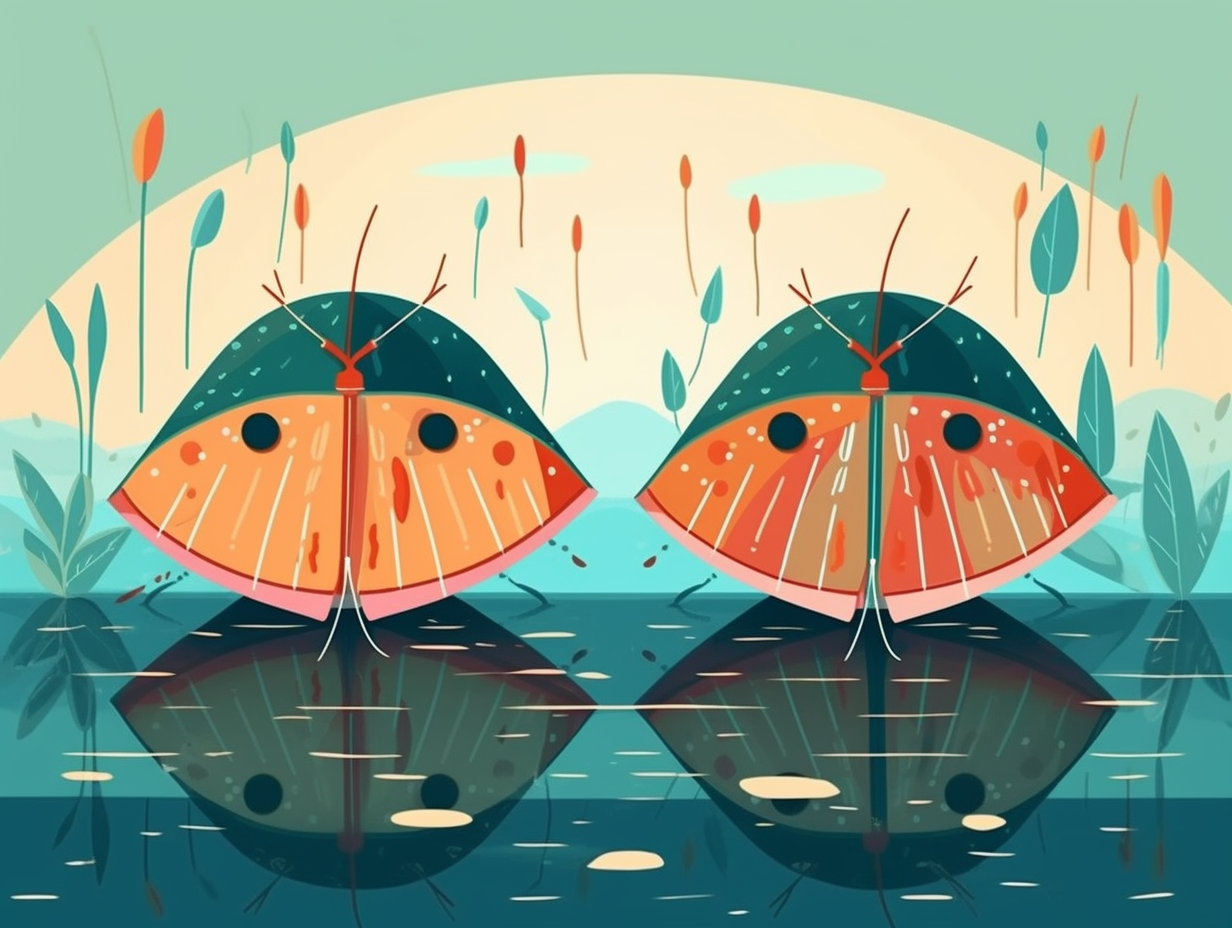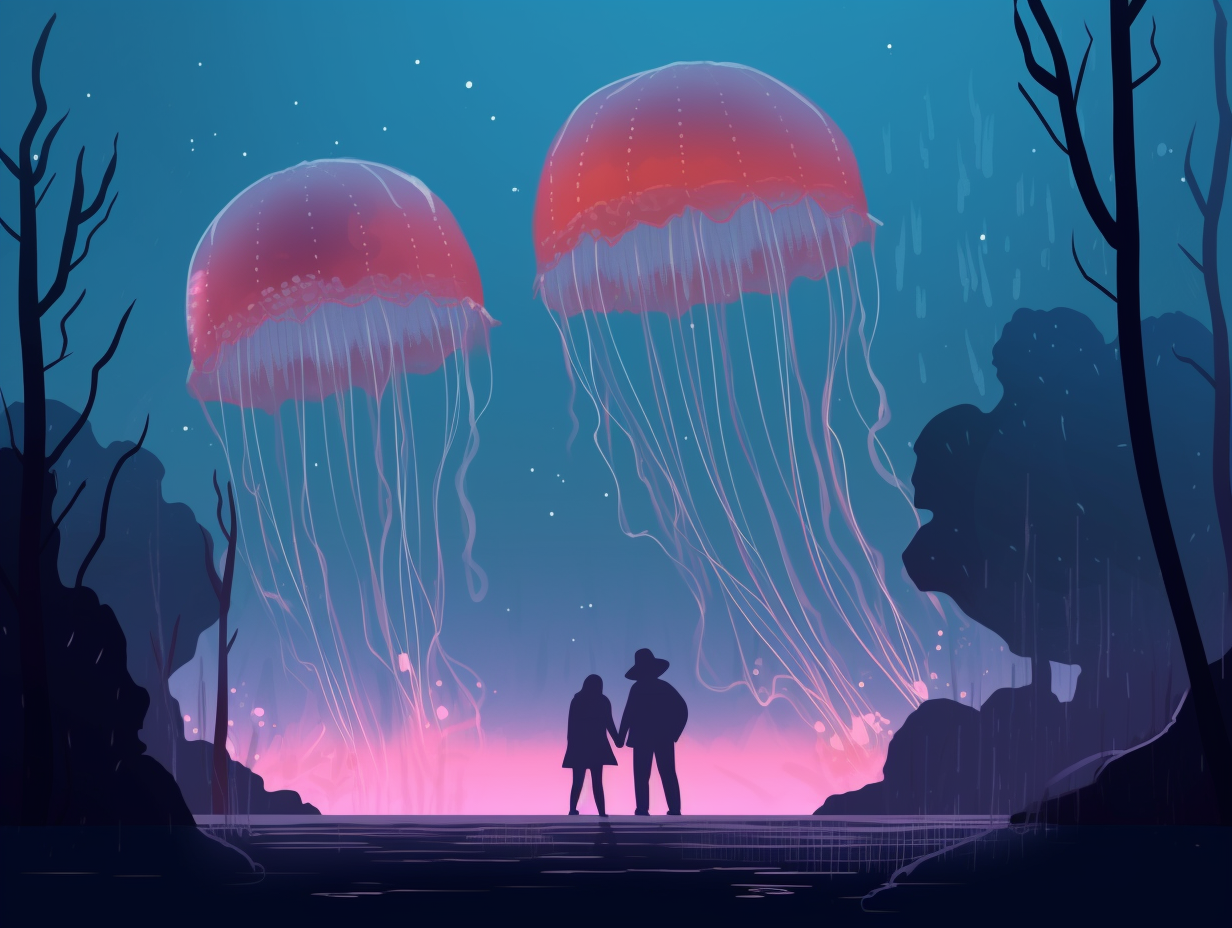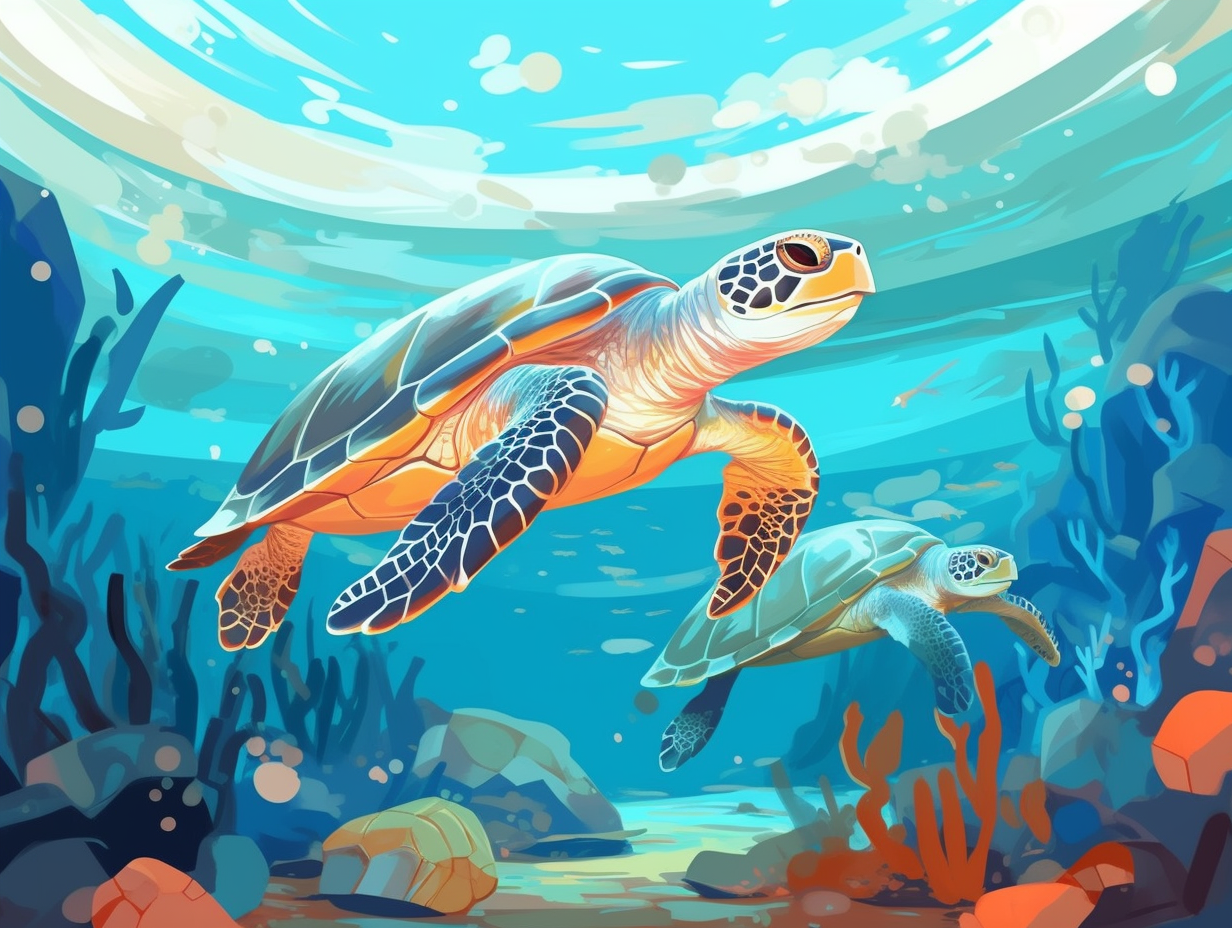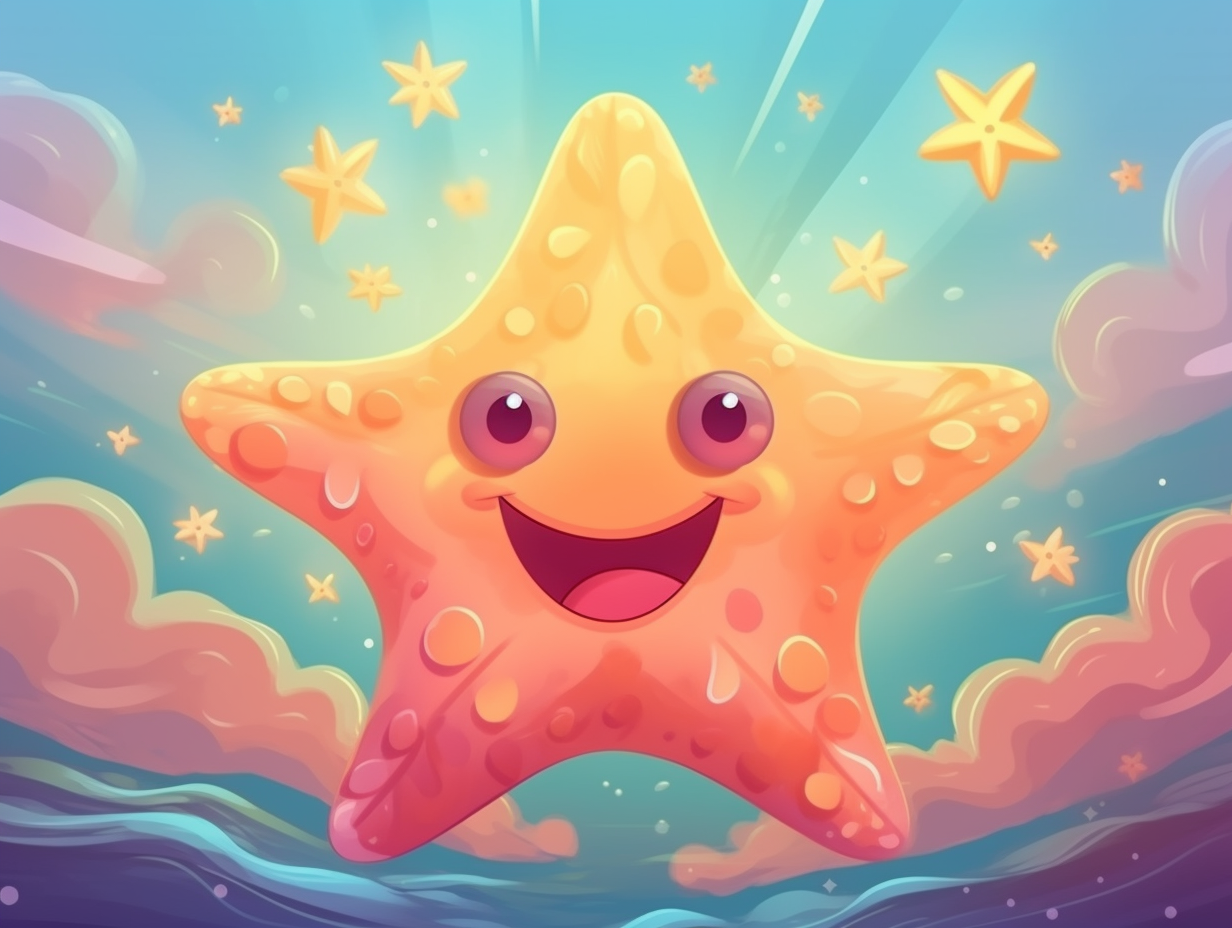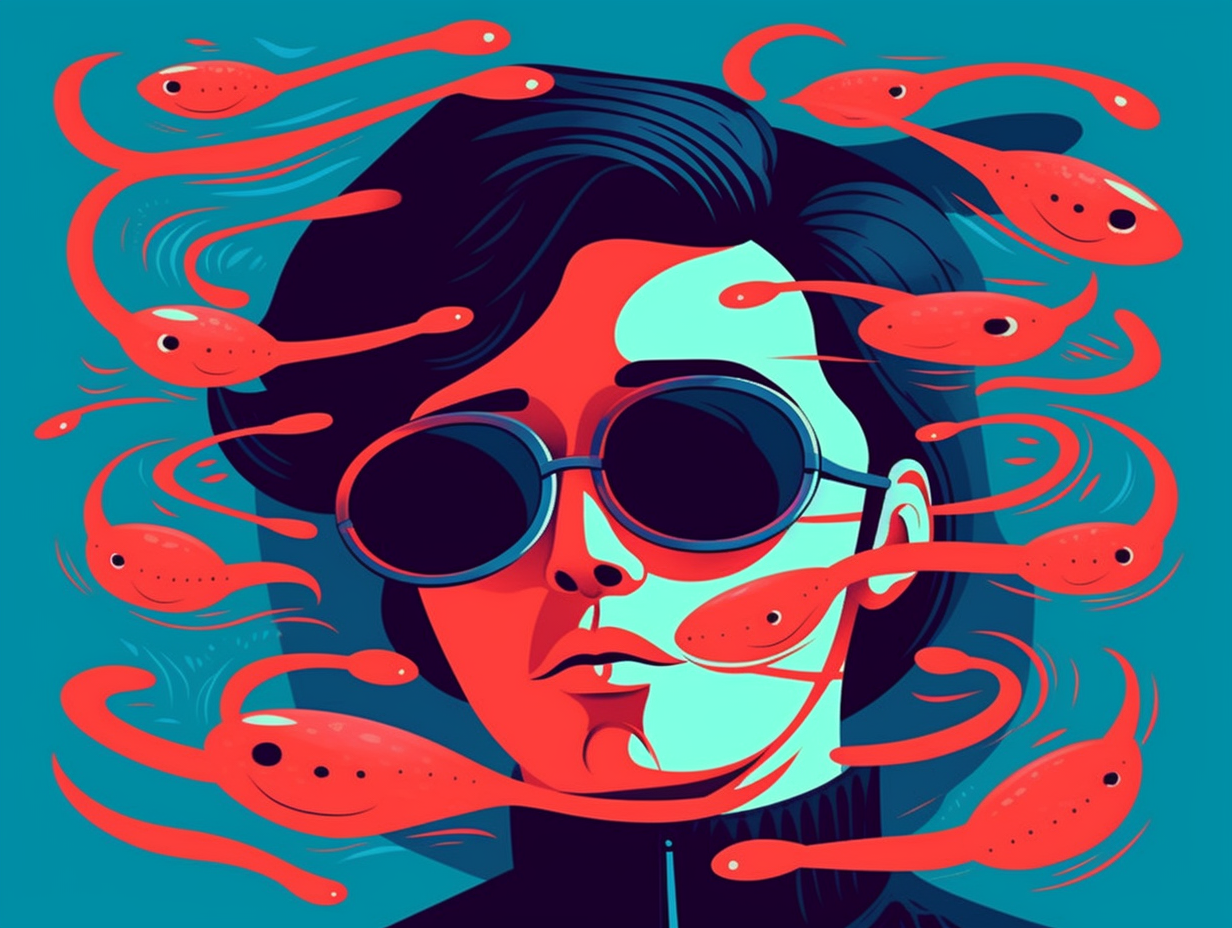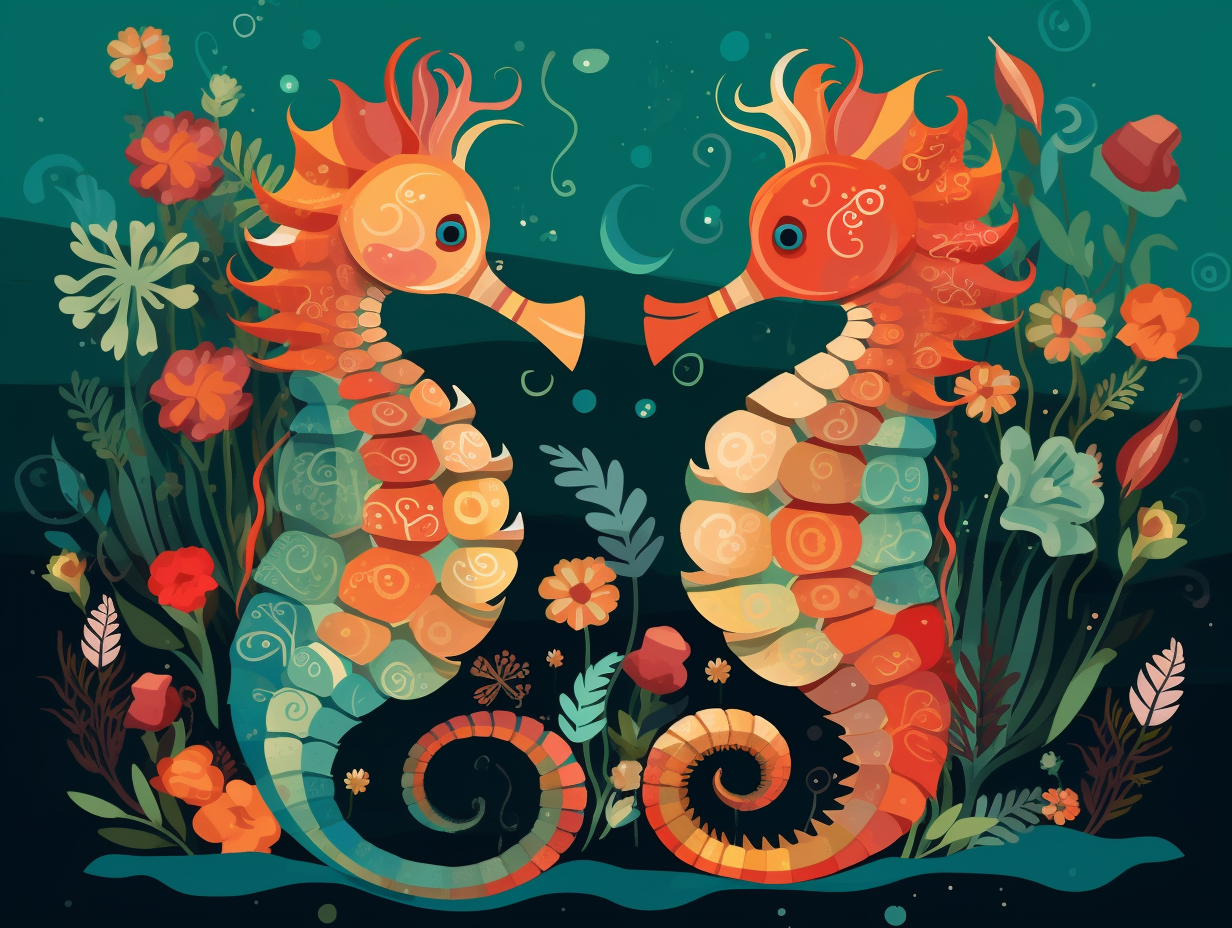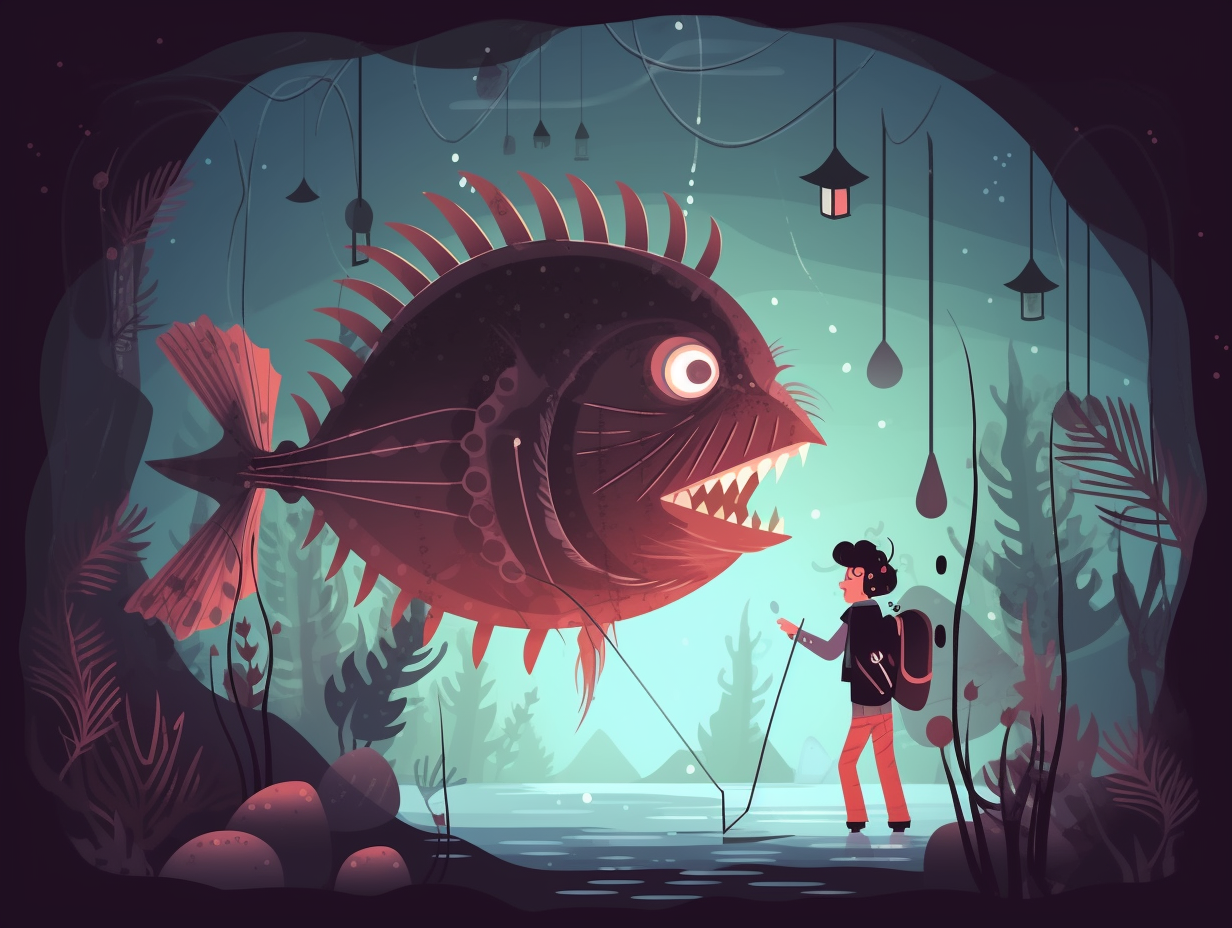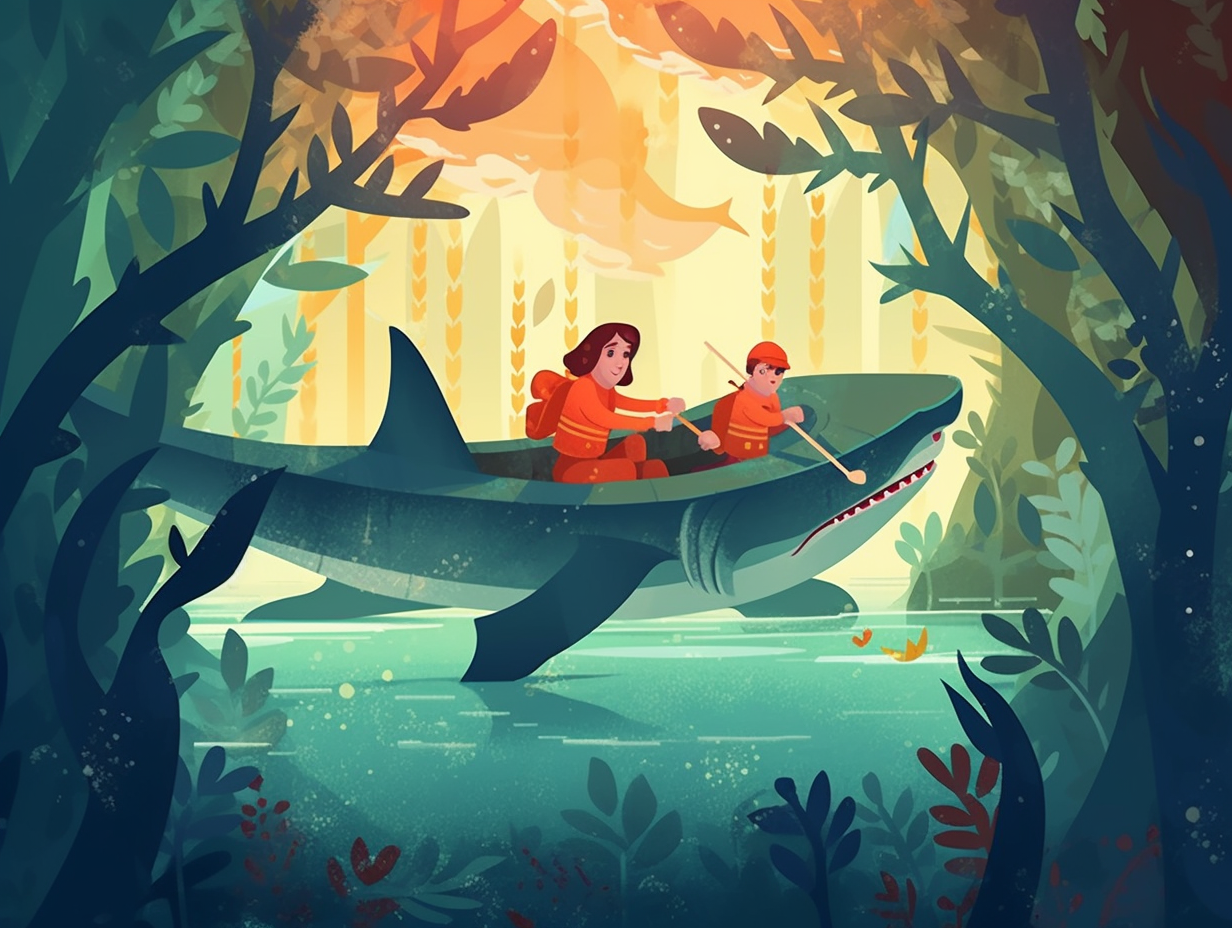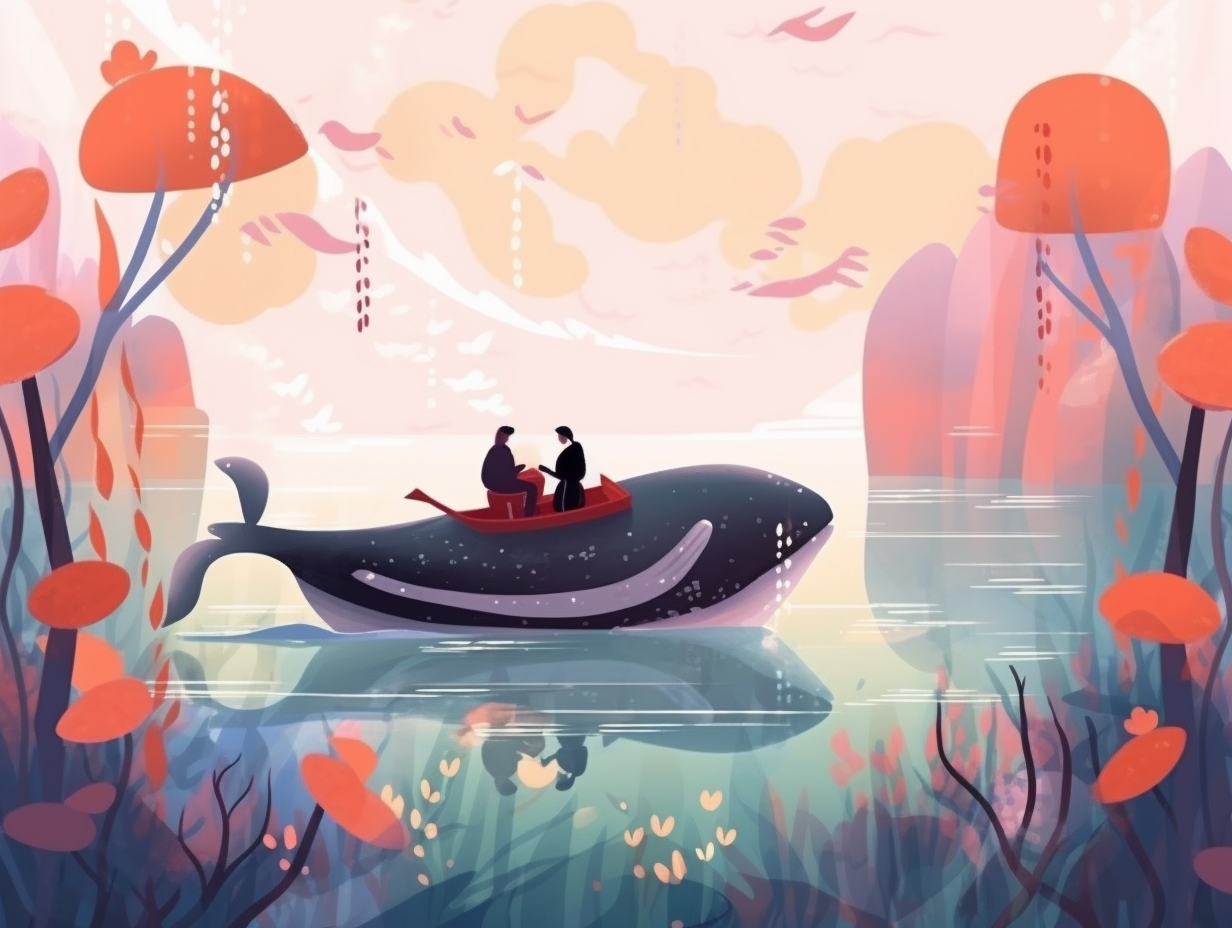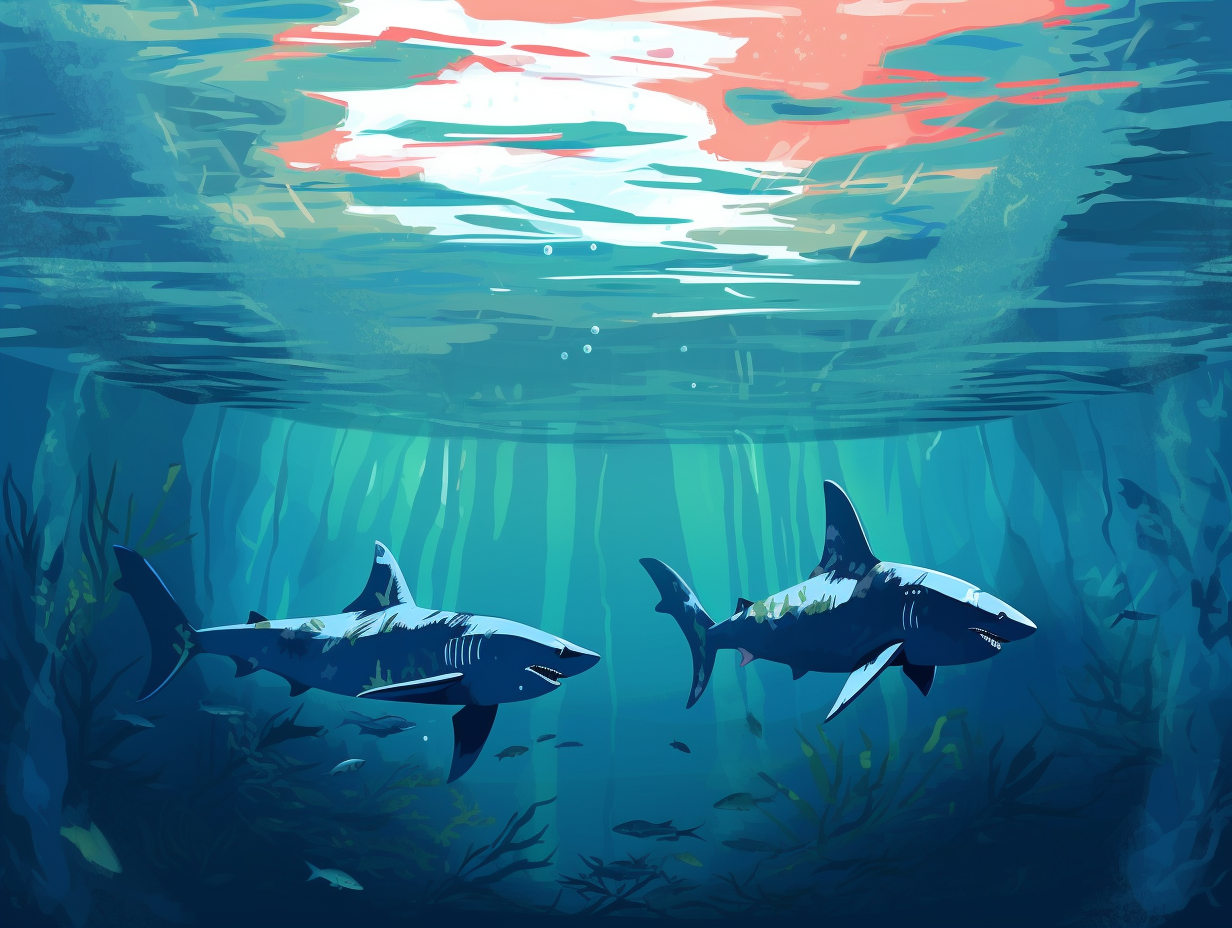Discover the Underwater World: Top 9 Fascinating and Fun Facts About Blue Crabs!
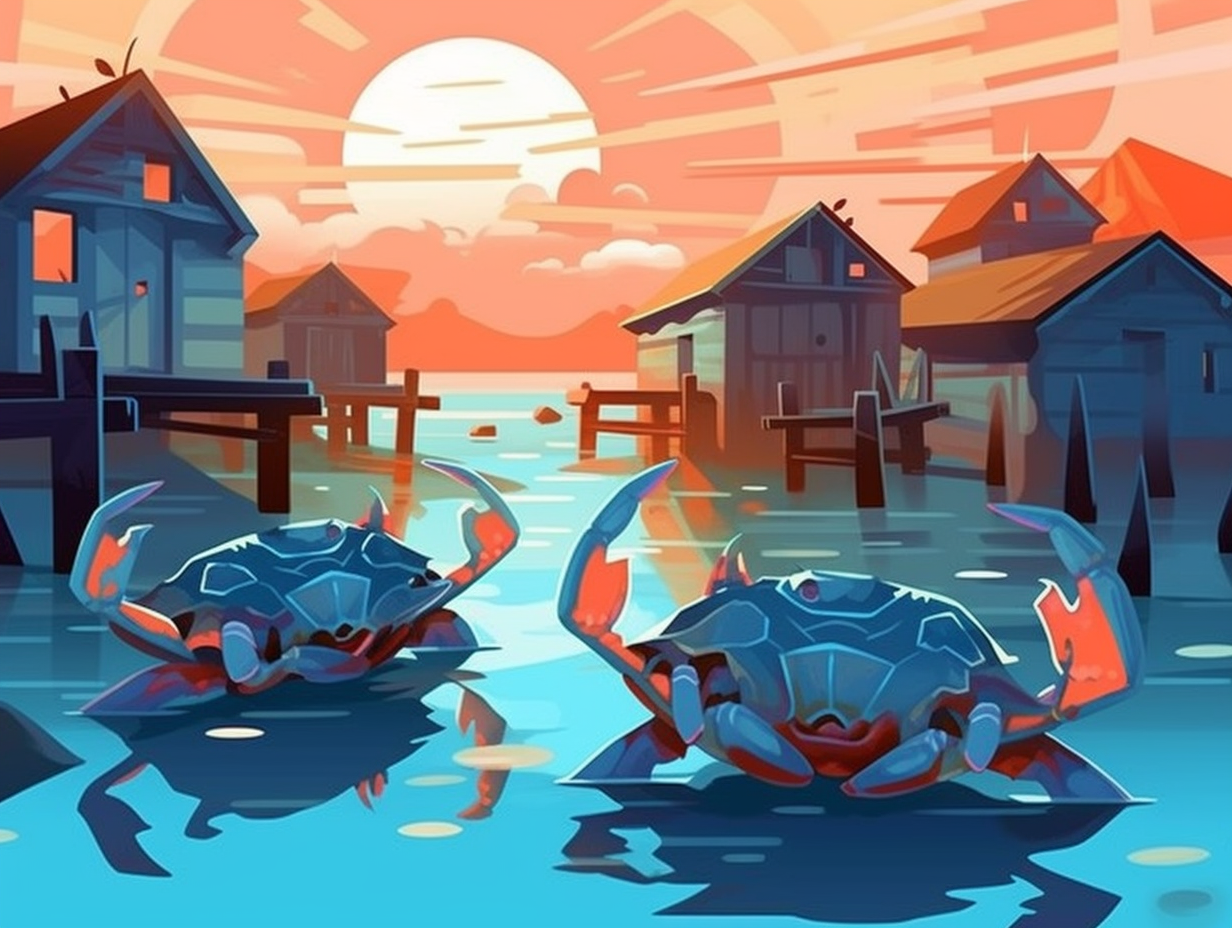
1. Shell Shopping Spree
Whoever said "out with the old and in with the new" must have been talking about blue crabs on a shopping spree for shells: These stylish crustaceans shed their old shells up to five times a month when they're young, while older crabs take up to fifty days for their trendy change. The entire process, called ecdysis, is quite the endeavor: they detach from their old shell, dissolve parts of it, and repurpose the remains to create a fresh, shiny abode.
Source => chesapeakebay.net
2. Seafood Speedsters
If Michelangelo were a seafood enthusiast, he would have a hard time painting blue crabs as The Creation of Adam—because all that lightning-fast speed and aggression would never hold still long enough for him to capture their glory on the sea-ceiling: These sneaky seafood speedsters have some serious power in their claws and a reputation as the fiercest fighters among shellfish, which doesn't stop us from hunting them down in bays, harbors, and estuaries for a delicious meal.
Source => onthewater.com

Did you know that crabs are masters of undressing and redressing? Discover their intricate four-stage molting cycle and how it's essential for their growth and survival! 🦀✨
=> Fun Facts about Crabs
3. Gender-specific Claws
Blue crabs may not have subscriptions to Vogue, but they sure know how to rock their gender-specific fashion statements: Males sport flashy blue claws, while females flaunt chic orange-tipped claws, making it a cinch to tell them apart at any crustacean soiree.
Source => dnr.sc.gov
4. Crustacean Prom King
Talk about grabbing life by the claws: when a randy male blue crab is feeling crabby and frisky, he puts on a dance worthy of a crustacean prom king to seduce a lovely lady crab. But their version of a piggyback ride is slightly more... possessive. As her knight in shining exoskeleton, the gentleman crab literally latches onto his love interest like a determined backpack, ensuring she's safe and sound during the vulnerable process of molting and mating. Once they've sealed the deal, the female blue crab embarks on an adventurous solo trip to the southern waters of the Chesapeake Bay, laying millions of eggs as proof of their undying love – or at least of a successful trip to Crabby Paddy's underwater love shack.
Source => washingtonpost.com

5. Molting Hide-and-Seek
Forget spa days and mud baths for these crustaceans: Blue crabs, known as "peeler" crabs when they're ready to molt, actually crack open their shell and slowly back out, making them vulnerable to predators. To avoid becoming someone's seafood dinner, they hide amongst rocks, aquatic plants, or bury themselves in mud or sand until their new shells harden.
Source => barnegatshellfish.org
6. Crabs' Ultimate Escape Tactic
Blue crabs' response to danger is truly the ultimate "you can't fire me, I quit!" move in the animal kingdom: They can voluntarily break off a limb to escape a predator or stop blood loss, and regenerate the lost limb through a process called regeneration with no significant damage, as nearly 25% of them have either missing or regenerating limbs.
Source => bluecrab.info
7. Saving the Blue Crab Population
While blue crabs might be tempted to pinch themselves to make sure they're not dreaming, marine life enthusiasts can't help but "sea" the sobering truth about these crustaceans: Blue crabs, particularly in Maryland, are struggling due to over-harvesting, prompting the Maryland Department of Natural Resources to implement stricter guidelines for catching them – such as raising the legal size and limiting the days and times they may be caught – in an effort to claw back their dwindling populations.
Source => statesymbolsusa.org
8. Crab Battle Royale
While blue crabs may have missed the memo about turning the other cheek, they sure know how to throw a good old-fashioned crustacean battle royale: Blue crabs exhibit aggressive behavior, often engaging in fights to the death when confined in close quarters, such as a bucket. Crabbers can prevent an all-out killing spree by adding seaweed to create partitions, maintaining harmony and minimizing fatalities among the feisty shellfish.
Source => guycounseling.com
9. Regenerating Dancing Machines
Crabs may not be the masters of the Hokey Pokey, but they've got a leg up when it comes to putting their left leg in and taking it off again: Blue crabs have the amazing ability to regenerate lost limbs through a process called regeneration, often shedding a claw or leg to escape predatory threats, with the limb eventually growing back in all its glory.
Source => chesapeakebay.net
Related Fun Facts

